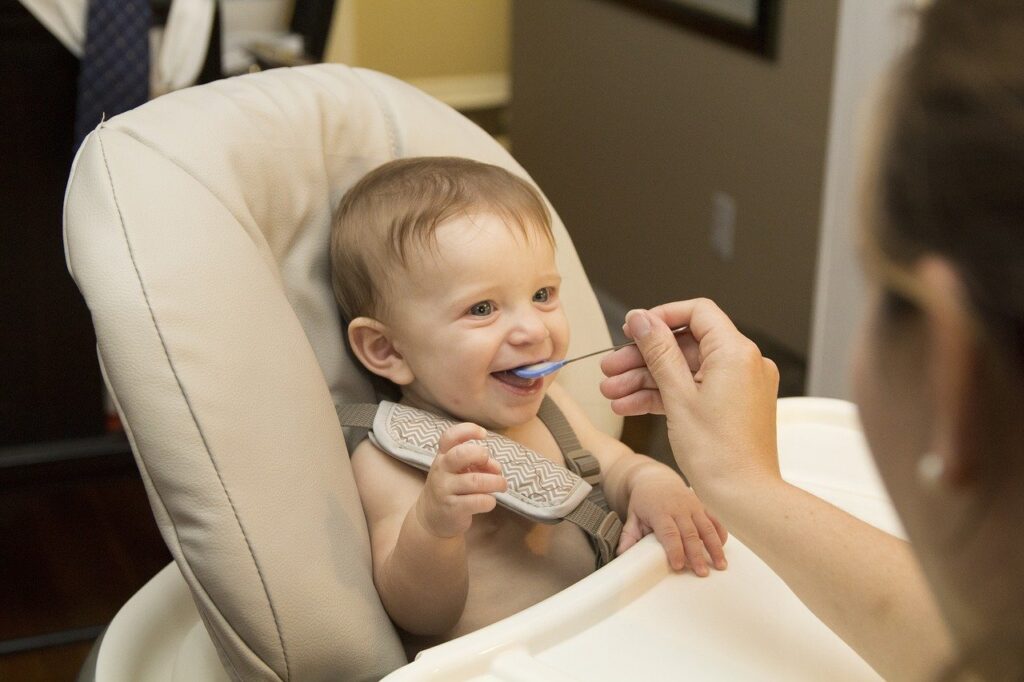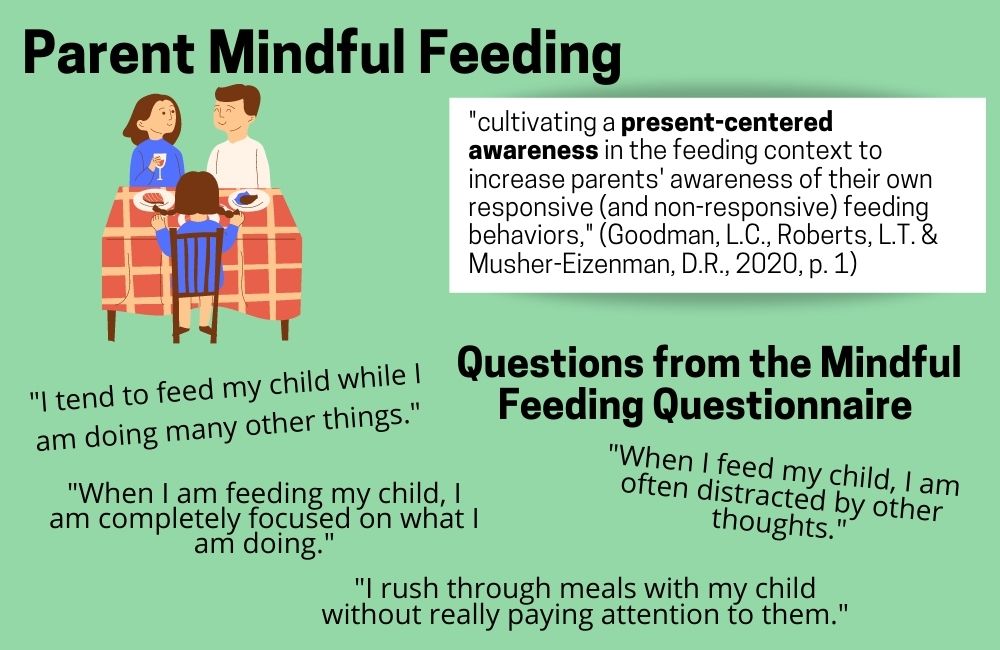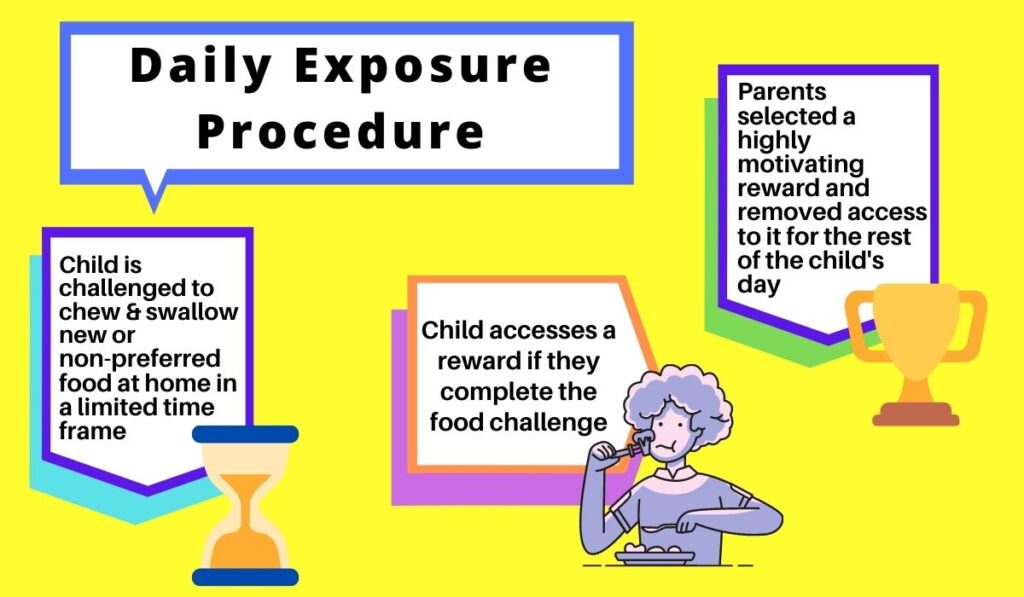
Holidays are often super fun and a joyous time to gather with family 👨👩👧👦🏡 But, with them comes biiiig changes in routines. From the food, to being with people you might not see often, travel and unfamiliar places. …it’s a lot of “different” shoved into an often short period of time. Lots of kids are impacted by these changes, but especially sensory kids and kids with anxiety 😬 🧠
So how can you help to make this as smooth as possible for your little one?
Check out my tips below to make sure your little one is well supported. Meltdowns may still happen, but these tips will hopefully give you a little buffer.
- Don’t make this the time to push trying new foods/have safe foods. You can offer your child the chance to help with preparing the dish you’re bringing or talk about your favorite memories surrounding your family food traditions for the sake of sharing your family culture, but not pressuring to try something. Having a food you know they like available can make them feel more comfortable and secure. You can choose whether to serve other foods on their plate or have a “learning plate” where you put unfamiliar foods. Just because your relatives think your child needs to try Thanksgiving dinner foods, doesn’t mean it’s true.
- Have a plan ready for when they need a break. If your sensory kid feels they have permission to take a break and know how to advocate for that, you’re less likely to run into meltdowns and tantrums when they’re overwhelmed but don’t know how to tell you. Talk about where/what room they can go to to take a break. Bring things from home they know help them to feel calm (lovey, fidget toy, music, etc.) Talk about where they can go if they need quiet vs. if they need to move around.

3. Be flexible about what you “require” them to wear. Obviously it’s a special day and you usually want them to look a little fancier…but think about what’s most important and if you and your child can compromise with some outfits that are comfy but appropriate.
4. Make sure their blood sugar is balanced! Might seem funny because Thanksgiving is full of food…but if your child isn’t going to eat the appetizers or is going to eat very little of Thanksgiving dinner, make sure you have foods they’ll eat so a drop in blood sugar isn’t the culprit for a meltdown.

5. Involve them in food prep. Whether it’s in the garden or in the kitchen, being around food for a looong time before it hits your sensory kid’s plate helps them. They get lots of time to “get to know” foods. To see that mashed potatoes are mushy, hot and white. Instead of seeing if for the first time on their plate. When they get to participate in making things, kids are often more excited and proud to try it.
6. Let them make their own dish to serve! This will work best if you have supportive family members. And I know adding something to your to do list sounds like “No thanks.” But within your emotional capacity, consider if you can help your child make something simple. I’m thinking Charlie Brown snack mix vibes. This shows your sensory kids that there is room for their preferences in a holiday meal. That it’s more about being together, sharing & being thankful. Maybe someday they’ll like Thanksgiving food, but let’s not wait until that day for them to feel included. I think a lot of sensory kids might feel really happy & proud if they saw their preferred food on the dinner table.
8. Talk about greetings/physical touch before hand. Unsolicited touch can make (anyone) but especially sensory kids uncomfortable. Talk about boundaries and give your child options before you see family. “If you don’t want to give a hug, you could smile, wave or say hi.”

9. Be prepared to advocate for them. I don’t think kids should be rude or mean, nor do I excuse truly bad behavior. But…a lot of things your child struggles with aren’t behaviors. So remember that you don’t have to justify your parenting to your family members or random guests.
10. Give your child and yourself loooots of grace. The holidays are often dysregulating for the reasons I mentioned above. Please be kind to yourself. You are juggling making sure that the kids are dressed, getting to the party, bringing the dish you promised you would make, and maybe worrying that they’ll get sick in this crazy intense flu/RSV/cold season. Please remember you love your children well, and what counts is that. It doesn’t matter how fancy everything looks. Your child’s behavior isn’t a reflection of your parenting, it’s insight to what your child is working through right now.





